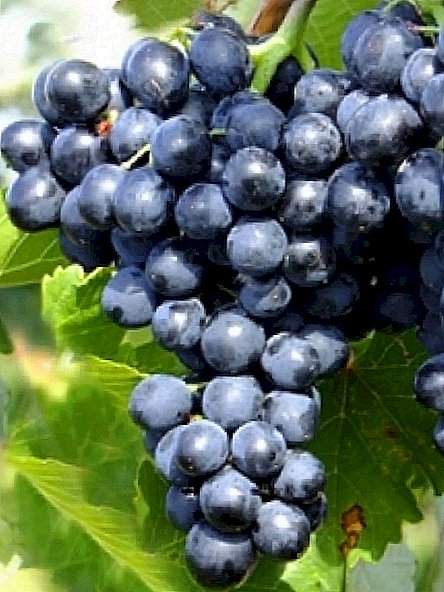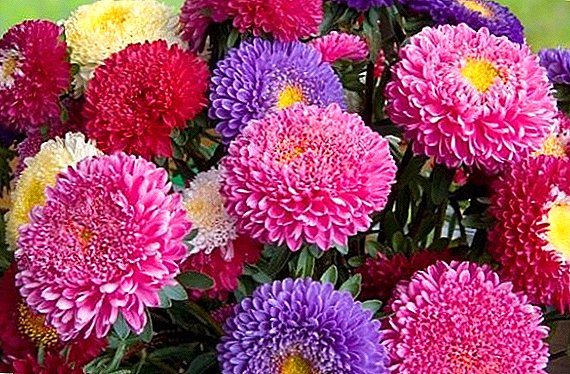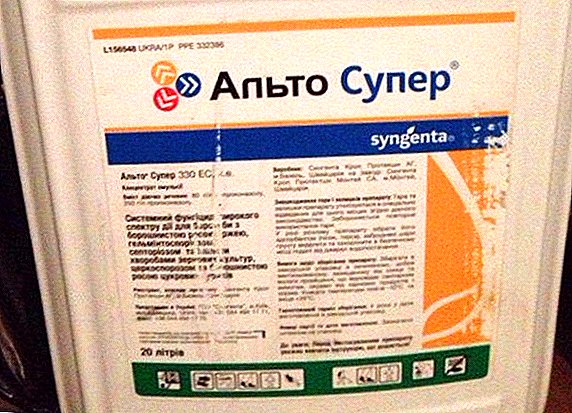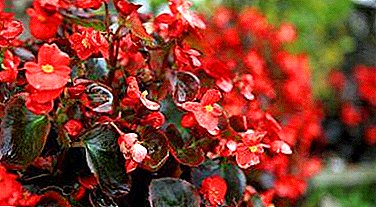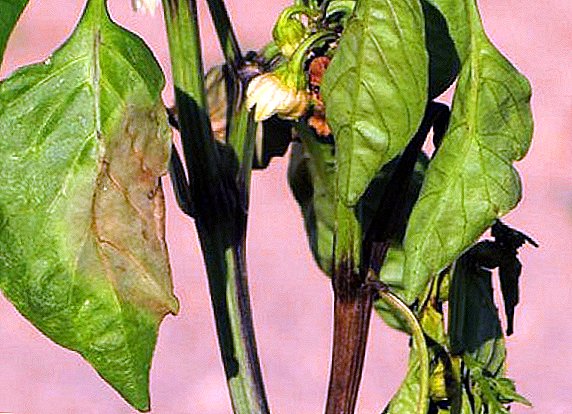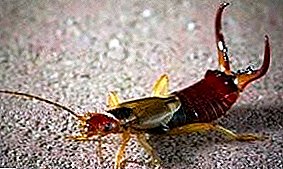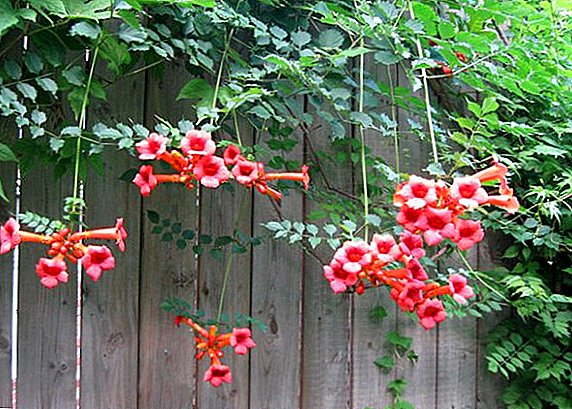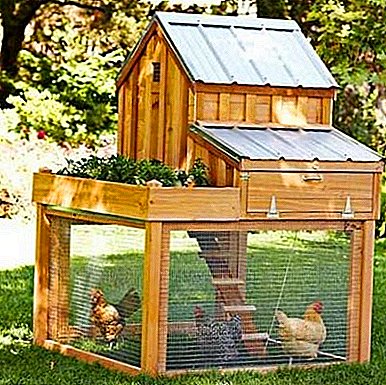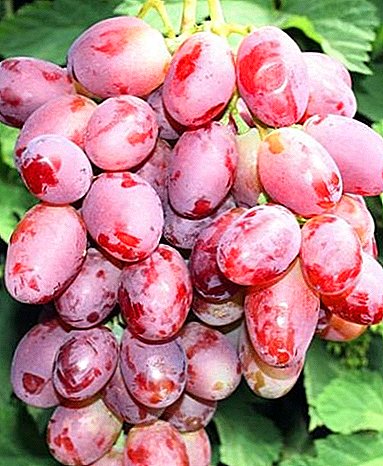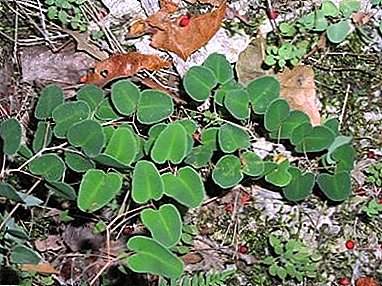
Perennial pella fern is common on all continents with a tropical and subtropical climate.
Some species as well only about 80, can grow in a temperate climate. Belongs to the family Synopteric.
In nature, he likes a dry climate, but does not tolerate heat very well at home. how decorative look fern has long taken root in the apartments of plant lovers.
Subject to good care, the pellet gets a very decent look and is able to bring comfort to any room, creating a unique decor.
Kinds
 Fern - a plant unusual and very ancient. Its leaves are so peculiar that the scientific term “wai” was adopted especially for them.
Fern - a plant unusual and very ancient. Its leaves are so peculiar that the scientific term “wai” was adopted especially for them.
This is the name of the form in which the leaves of most species of ferns are collected. The most popular among gardeners are types:
- round-leaved;
- green
- spear-shaped;
- naked
- dark purple;
- ovoid.
Round leaf
View not capricious, and survives well in ordinary earth at room temperature. Grows up to an average of 25 cm. Leaf leaf structure. From the rods there are stalks on which rounded leaflets sit. The leaf plate can be both flat and jagged. From above the leaves are darker, from the bottom - lighter.
Round pellets excellent harmonizes with other ferns. At the same time, care must be taken that the distance between neighboring plants is sufficient for normal development.
The best land for this species is the mixture:
- sand;
- turf ground;
- peat;
- humus;
- sphagnum.
Does not need abundant watering, especially in winter.
Photo subspecies Kruglostnaya:
Green
In this species, creeping rhizome, leaf rosette (sculpted) located low. Long petioles brown. Leaflets - leathery, rounded shape. Leaves are short. Wai width is about 50 cm. Long and 20 cm wide. Distinctive feature of the form - elongated sheet and larger, compared with other species, the size of the bushes.
Photos of the Green subspecies:
Spear
It has creeping stem. Cirrus leaves emanating from the root rosette. Leaf length - 60 cm., Width - 30 cm., Form - triangular. Petioles long. Sporangia are arranged in a solid line along the edges of the segments.
Photos of the spear-like subspecies:
Naked
The height of the stem reaches 35 cm. The leaves are pinnate, located on bare, brown petioles. The view is very light-requiring, but at the same time frost-resistant. Suitable for growing in open ground in the middle lane. In the wild prefers places with limestone exits.
Photos subspecies Naked:
Dark purple
Plant has sporiferous leaves, reaching 50 cm in length. Gray-green, double-pinnate. Petioles slightly pubescent, purple. Does not like bright lighting and intensive watering. The best option for its location would be a window on the north side.
Photo of the Dark Purple subspecies:
Ovoid
The plant is small, but from others different special elegance. Light green leaves, in the shape of a heart, pretty big. Height can reach from 20 to 40 cm. Most actively grows in spring and summer.
In direct sunlight feels uncomfortable. It is better if the lighting is scattered. Feels great at room temperature, lower temperatures are acceptable in winter.
Photo subspecies Egg:
Home care
All ferns, and, in particular, pellets, unpretentious and not too susceptible to environmental influences. But still there are several rules that must be followed when breeding plants of this family.
Lighting and temperature
 Summer air temperature for all types of pellets should be higher, up to 22ºC. This is due to its active growth in the warm season.
Summer air temperature for all types of pellets should be higher, up to 22ºC. This is due to its active growth in the warm season.
In winter, there is a period of rest, and the temperature should be lowered to 14-16ºC.
If indoors more than 18º С, then the plant needs to be sprayed, in too hot rooms leaves are subject to aging and death.
For lighting, you need to look for a "middle ground". With a lack of light, the plant grows for a long time, the leaves become lifeless. On the contrary, with constant exposure to direct sunlight, the leaves curl and turn yellow. Best if light will be diffused.
Humidity and watering
By its nature, pelleya tolerates dry air well, but applying sprays is desirable it refreshes the leaves perfectly. The effect of heating in the winter period has an increased desiccating effect, so in winter you should especially take care of moisture. A pot with a plant can be put in a tray filled with wet peat.
Too intensive watering leads to rotting of the roots, in the summer period it should be produced 2-3 times a week, depending on the humidity of the room. In winter - no more than once a week. In the period between watering the land should dry out a little.
Fertilizers
Feed pellets only during the growth period in winter, the plant comes to rest and does not need additional feeding.
For dressing it is better to use mineral fertilizers in the complex. Organic fertilizers can also be used; you only need to ensure that Do not burn the root system. When the home fern needs to be replenished, it can be recognized by the leaves: they become noticeably smaller and paler.
Trimming and transplanting
A transplant is made when the root system has become cramped and the plant is transplanted into another pot (pot). The best time for a transplant is spring.
It must be remembered that ferns suffer a transplant quite painfully. It is better to initially choose a larger flower pot.
When transplanting should not shake off the old earth - it can damage the roots. It should be cut only the old and dried leaves, as they appear.
In general, due to its small size and unpretentiousness, Pelleya is one of the most optimal types of fern for growing at home.
Other indoor ferns include: Nephrolepis, Pteris, Tsirtomium, Asplenium, Adiantum, Davalliya, Blehnum, Salvinia, Polypodium, Platicerium, Uzzhnik and Grozdnik.
Breeding
Ferns reproduce, including pellets, in two ways:
Division
The division method is most often used by florists, because of its simplicity. Only rhizomes of large plants are suitable for this.
It is necessary to carefully separate from the rhizome a few delenok with points of growth.
Having transplanted into separate pots, for the first time cover with caps and keep in a warm place.
Disputes
When breeding spores, you need to sow the last wet ground located in a box in a dark place. Cover with glass on top, not forgetting to air and water regularly. When shoots appear (after 1-3 months), the box must be moved to the lit place. When grown up, damage and leave the most tall specimens. A month later, seedlings can be transplanted into individual pots.
For a new seedling, it is especially important to observe the desired humidity of the air - at least 70% and sufficient soil moisture. It is necessary for successful adaptation and rooting in a new place.
Pests
Several varieties of parasites can threaten the fern, and the cause of each of them is improper care.
Pests:
- nematodes;
- aphid;
- shield;
- thrips.
The direct cause of the appearance of a nematode is too cold water during watering, especially with a high content of chlorine in it. Signs of occurrence - yellowing and drying of the leaves.
To defeat such an attack, The plant must be transplanted and treated with insecticide. The remaining pests appear from dry air. Insecticides are also used to combat them. Prevention measures - frequent spraying.
Conclusion
 Like all home plants, the fern of pellets came to our apartments from the wild.
Like all home plants, the fern of pellets came to our apartments from the wild.
But the species of this family take their place on the window sills deservedly so.
The plant has a very decorative appearance, decorates the room and perfectly cleans the air.


